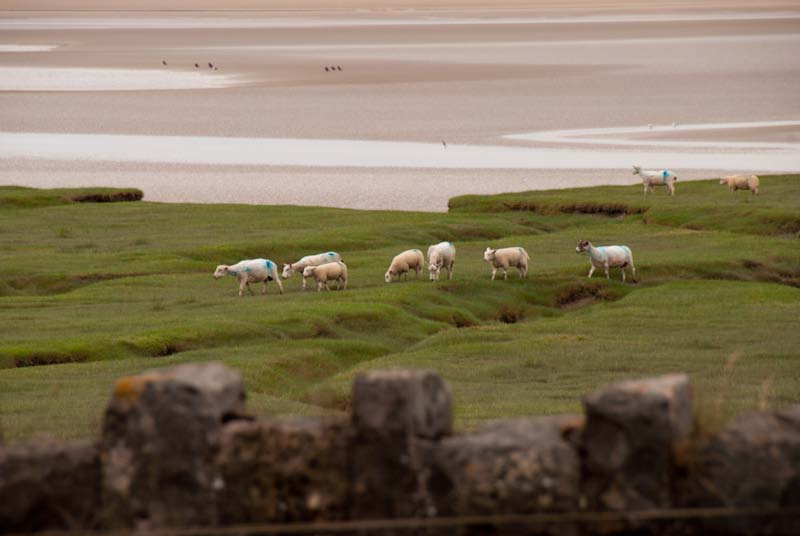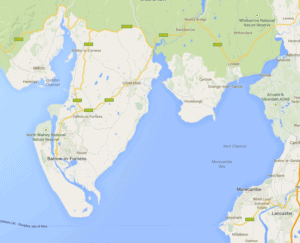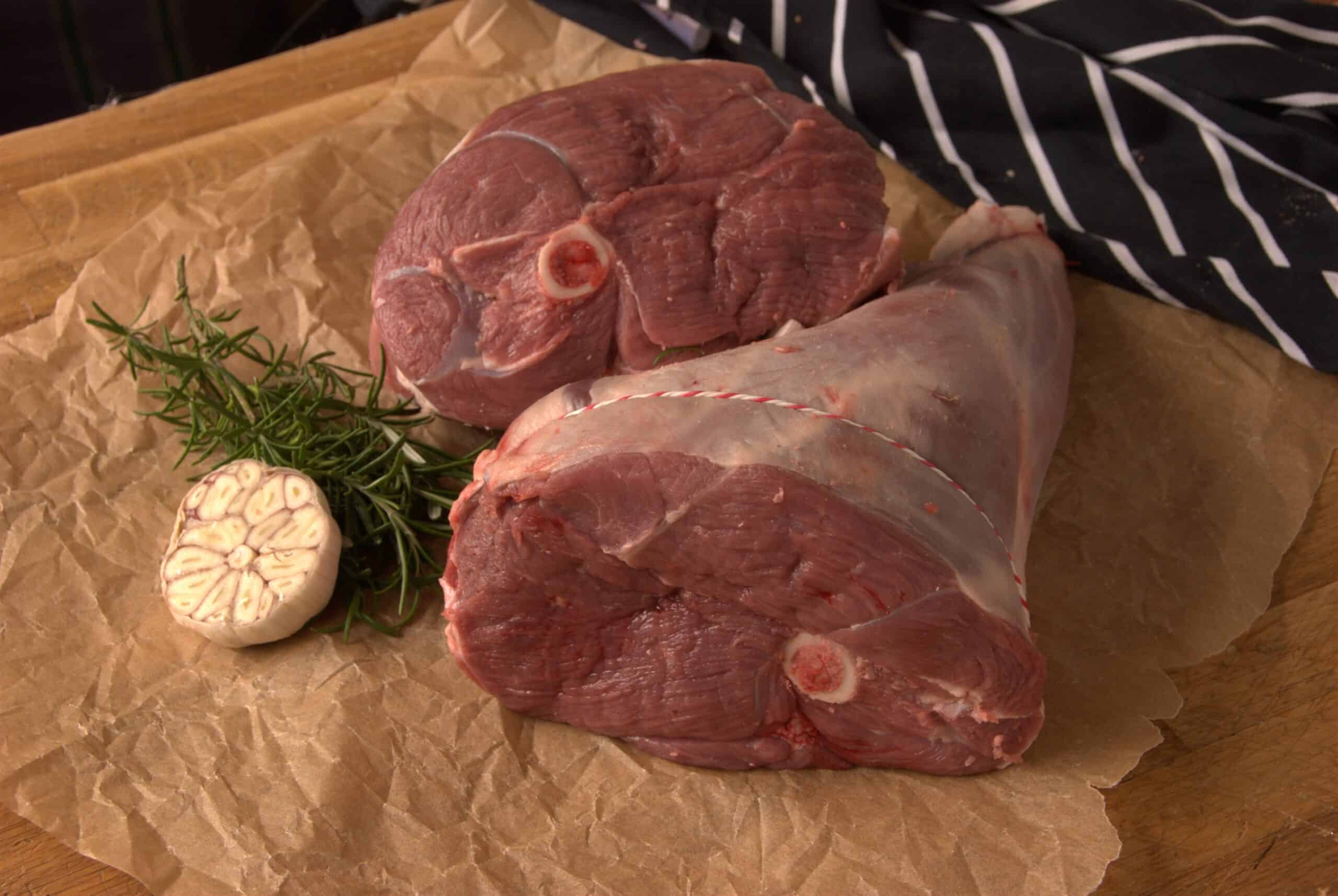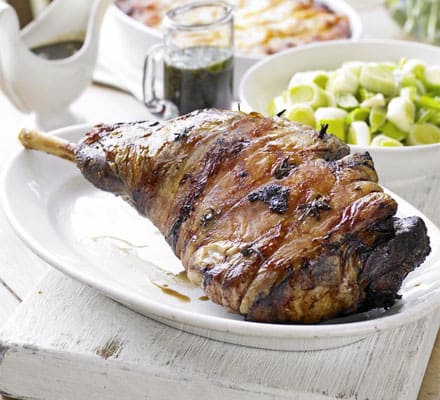Advantages of partnering with Wholesale Meat Supplier for Restaurants
As a restaurant owner, you’re always looking for ways to improve your business and keep your customers happy. One way to do this is by

We’ve been selling Salt Marsh Lamb online now for two seasons at Albert Matthews, people go crazy for it but a lot of people still haven’t heard or don’t understand what makes salt marsh lamb different from normal lamb so we thought we’d help explain.
To put it quite simply Salt Marshes are areas of coastal wetland located around the UK that are flooded and drained by the tides. The frequency and amount of area covered by water varies and is mainly dependant on the tides but it is also influenced by the wind direction, air pressure and the amount of water in the estuary. The highest tides are known as the “spring tides”. The reason they are called marshes is because the soil is mainly made up of mud and peat. Peat consists of old, decomposing plant matter and can get up to several feet thick. Peat is also generally waterlogged and has spongy texture.
There are numerous Salt Marshes located along the English, Welsh and Scottish coastline. The area at Albert Matthews we source the majority of our Salt Marsh Lamb from is the Salt Marshes of Morecambe Bay and the Duddon Estuary.

Farming on salt marshes varies on where the farm is located. Some farms will allow their lambs to graze all year round on the salt marshes and only move the flock to conventional grazing ground when there’s a spring tide which can be four or five times a year. In more exposed areas farmers move the flock onto the salt marshes once the worst of winter has passed. The Salt Marshes are not the easiest environment to farm lamb on and can be potentially dangerous at times from flooding risks and deep tidal channels. Lambing starts from late January and at this time of year it generally takes place indoors, however the lambs coming through from March onwards tend to be lambed outside as most see it as a more natural, healthy option. Depending on whereabouts of the Marshes in the country the first spring lambs are available from May onwards but generally it’s the salt marsh lambs that are available from mid to late summer onwards that have the better flavour once they have had chance to feed on new spring growth.

Most would think salt marsh lamb would taste salty but it actually doesn’t, the flavour is better described as light and sweet. Like most things involving food the French realised the delicious flavour of salt marsh lamb many years ago and it is treated as a delicacy particularly in the Normandy region where it is called “Agneau Pre Salé”. It is the unique flora that grows on the Salt Marshes such as glasswort, sea blite, salt marsh grass, sea milkwort, sea arrowgrass, sea lavender and samphire that the lambs feed on that gives the meat the flavour.
Although some farmers have their flocks on Salt Marshes all year round the meat is only really available from mid summer up to December. The meats flavour is derived from the diet so the lambs need to feed on the Salt Marshes new spring growth for a sustained period of time to gain the flavour.

Most people just roast it like you would do normal lamb which is perfect and we believe the best way to enjoy it. To get the best of the flavour it is important to cook the meat until it is pink and not overcooked. Herbs also work very well with the meat particularly the traditional accompaniments of rosemary and garlic but we would recommend using less herbs than normal as you really want to taste the sweetness of the lamb. The French also use salt marsh lamb in stews, I have included put an authentic French recipe below for a Salt Marsh Lamb Stew from the Somme region.
[yumprint-recipe id=’26’]
As a restaurant owner, you’re always looking for ways to improve your business and keep your customers happy. One way to do this is by
As a business owner in the food industry, choosing the right meat wholesale supplier is a critical decision that can impact the quality and success
The hospitality industry is a vital part of Greater Manchester’s economy, with thousands of businesses ranging from small cafes to large hotels and restaurants. At
When it comes to catering, the quality of the ingredients can make all the difference in creating a delicious and memorable meal. One key ingredient
Receive exclusive offers, latest product info, competitions, recipes and more. Sign up today!
This site is protected by reCAPTCHA and the Google Privacy Policy and Terms of Service apply.